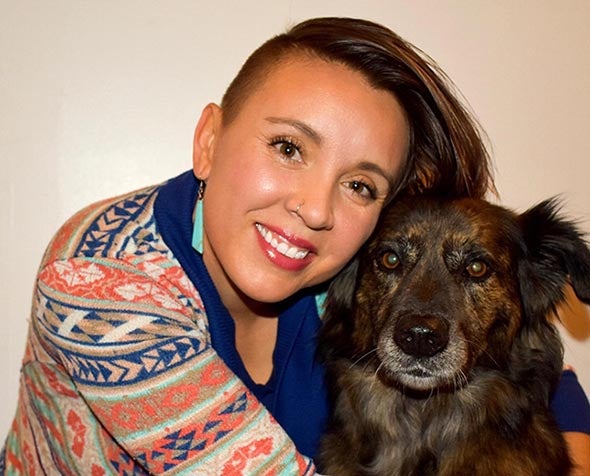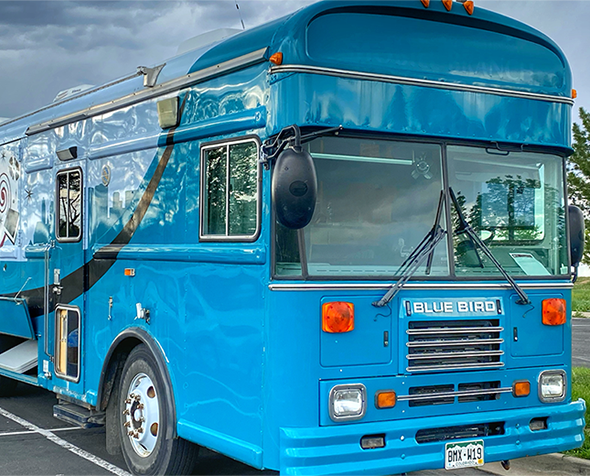DU Researchers Combat Substance Abuse in Summit County
The Butler Institute for Families is facilitating a life-saving syringe access program to help a community in crisis.

Hundreds of thousands of visitors flock to Summit County, Colorado, to enjoy the great outdoors, from world-class ski resorts to majestic fourteeners. For the 30,000 people who call it home, however, the reality is more complex. Beneath the picturesque landscape lies a community grappling with public health challenges, including rising substance abuse rates.
Like many mountain resort communities, Summit County experiences distinct challenges due to a transient workforce, a deep-rooted party culture influenced by tourists, a housing shortage and limited resources. These combined factors have led to a troubling surge in drug overdose deaths, which more than doubled over a seven-year span, reaching 24.2 deaths per 100,000 in 2022.
Recognizing the need for increased harm reduction efforts, the Butler Institute for Families in the Graduate School of Social Work has partnered with Mile High Behavioral Healthcare (MHBHC) to facilitate a syringe access program in the county.
Syringe access programs have been proven to reduce injection use, increase enrollment in drug treatment and decrease the rate of sexually transmitted infections. Despite their effectiveness, these programs often face public skepticism and opposition.
With grant funding from the Colorado Department of Public Health and Environment, the Butler Institute conducted a needs assessment to gather insights from the community. Research associate Shaina Swain led the effort, administering a survey that asked residents about stigma, drug injection practices, interest in potential services and more.
“In Summit County, people think of the ski areas—without recognizing that it’s also a rural county,” Swain says. “It’s medically underserved. It faces a lot of challenges around housing shortages for folks who live there full-time.”
To ensure a broad range of perspectives, Butler and MHBHC distributed the survey through several channels, including public health services and QR codes in flyers and newspapers. They also gathered a focus group of people in public health-related jobs. But their most effective strategy was a social media campaign. Zack Jenio, program manager at MHBHC, tapped into community Facebook groups to elicit responses.
“What do you think about the syringe access program? Leave a comment,” the post read. Community members rushed to comment, with fervent support for both sides, ranging from “Harm reduction saves lives” to “There is no cure for substance use.”
A common concern across all channels was whether the program truly addressed the root cause of substance use and addiction. While many praised the initiative—highlighting its importance and role in supporting support for recovery—others questioned its focus.
“We’re never going to eliminate substance use,” Swain says. “Harm reduction is the concept of saying no matter who you are, no matter what your experience, we want to help you make the best choices for yourself.”
This new program builds on existing programming run by MHBHC, with a focus on establishing trust and connecting people to broader health services. Syringe access programs go beyond distributing clean needles—they often serve as a starting point for people to access other forms of care.
“It’s not just needles. It's STI care. It’s food banks. It’s passing out resources,” Jenio says.
Overall, those surveyed showed support for these harm reduction programs. The team’s final report includes not only detailed results of the survey but also a first-of-its-kind literature review of Summit County, which will help MHBHC design a program to empower the community to overcome its toughest challenges—together.
“We are sharing this with other partners. It’s going to help the entire county,” Jenio says.










